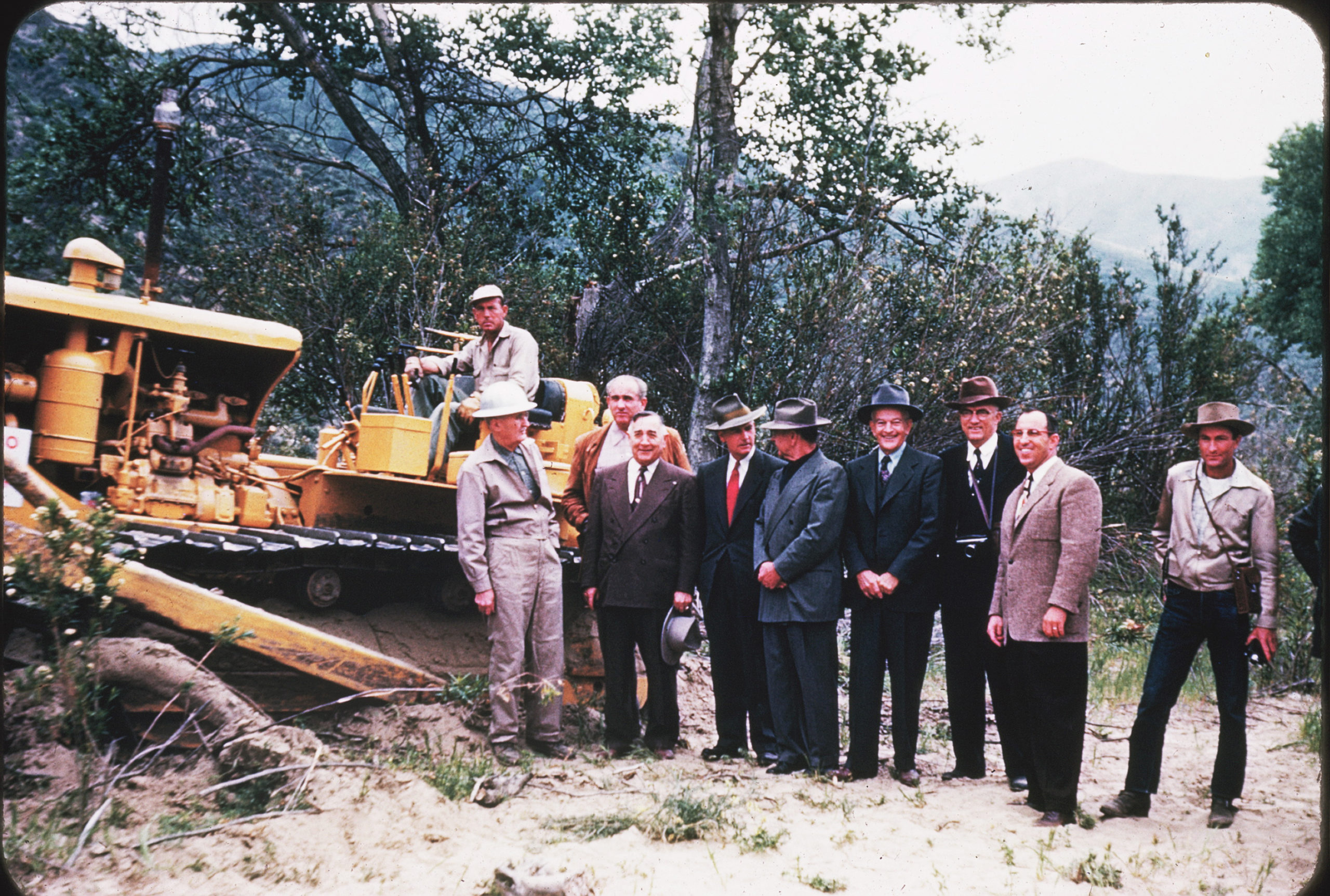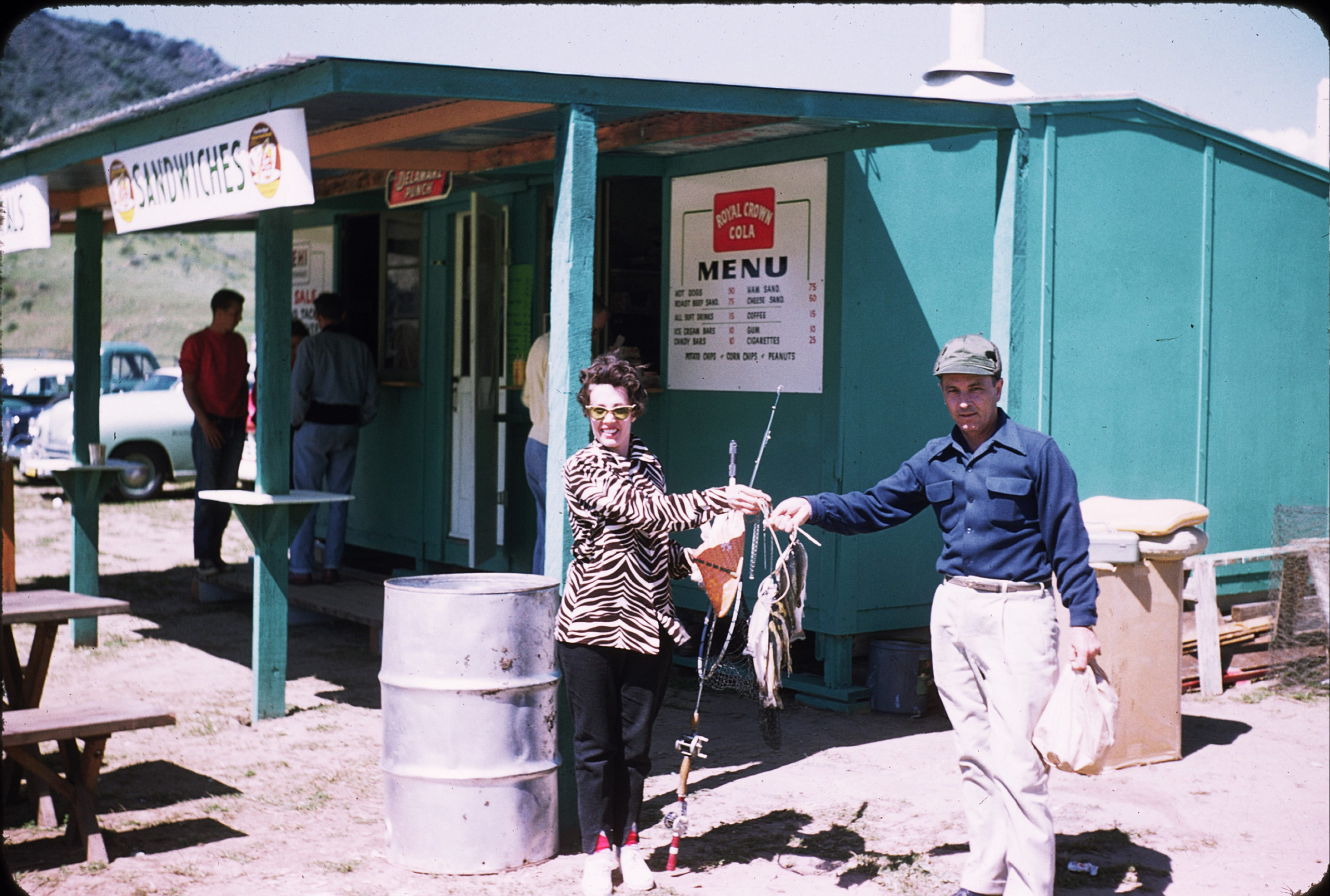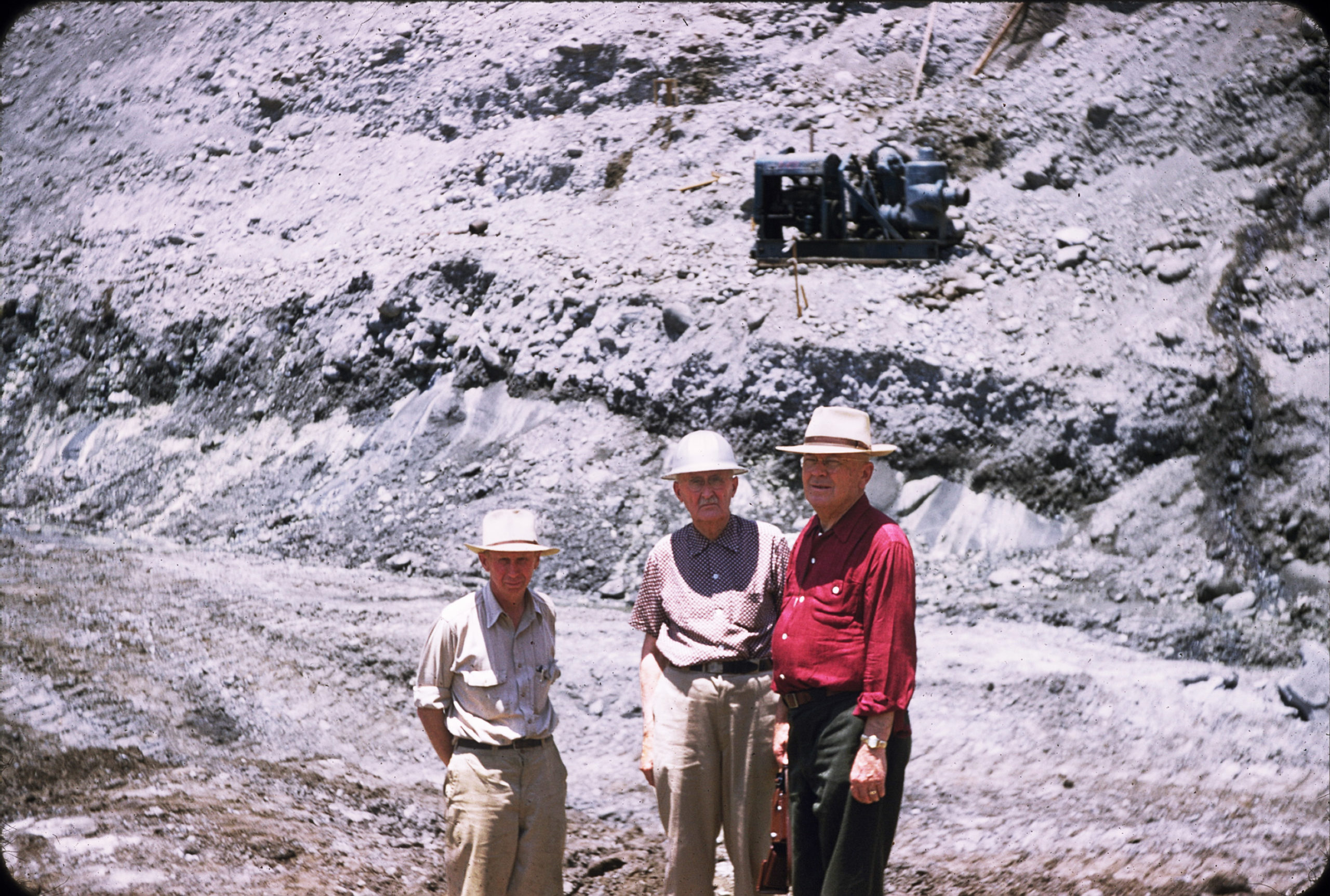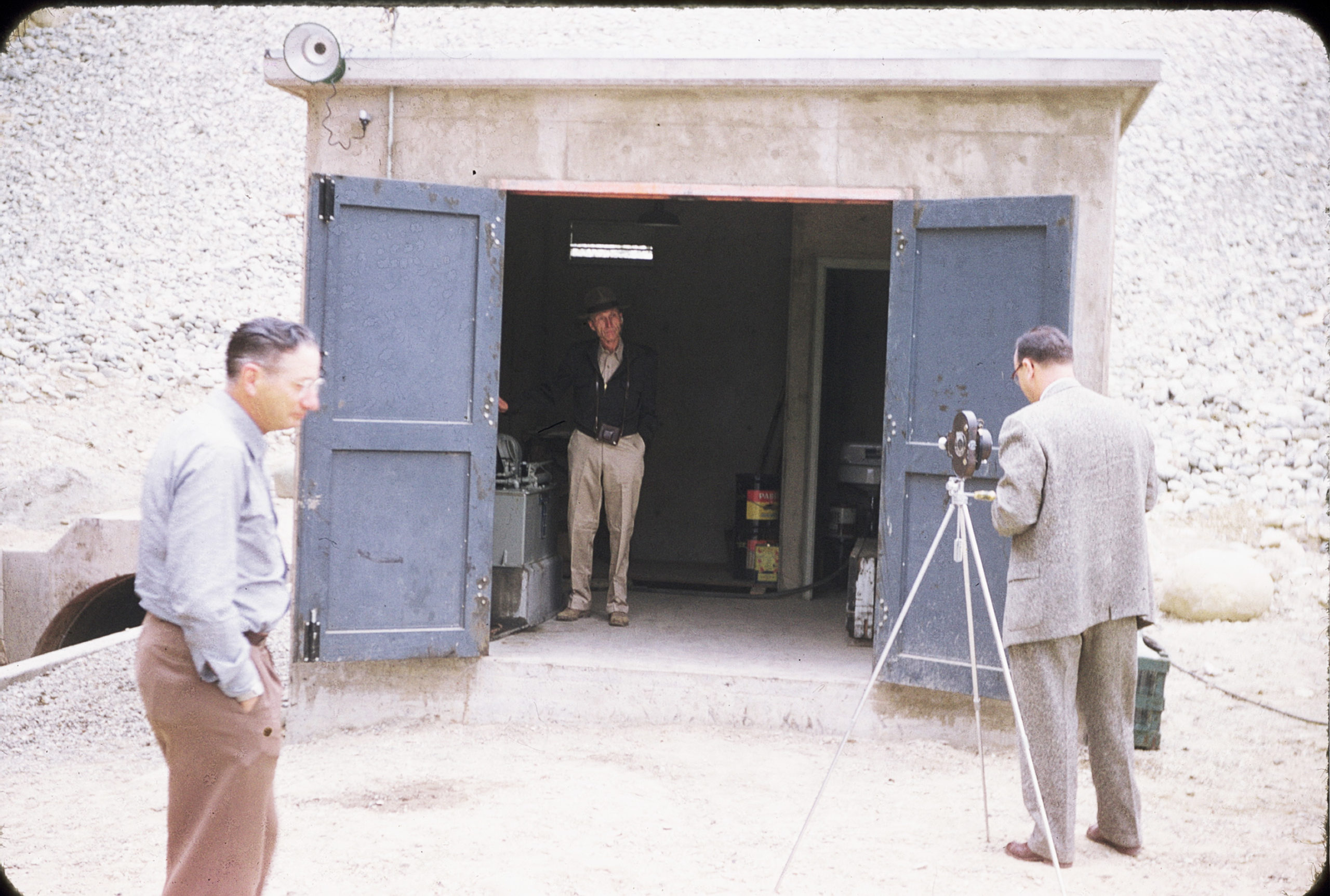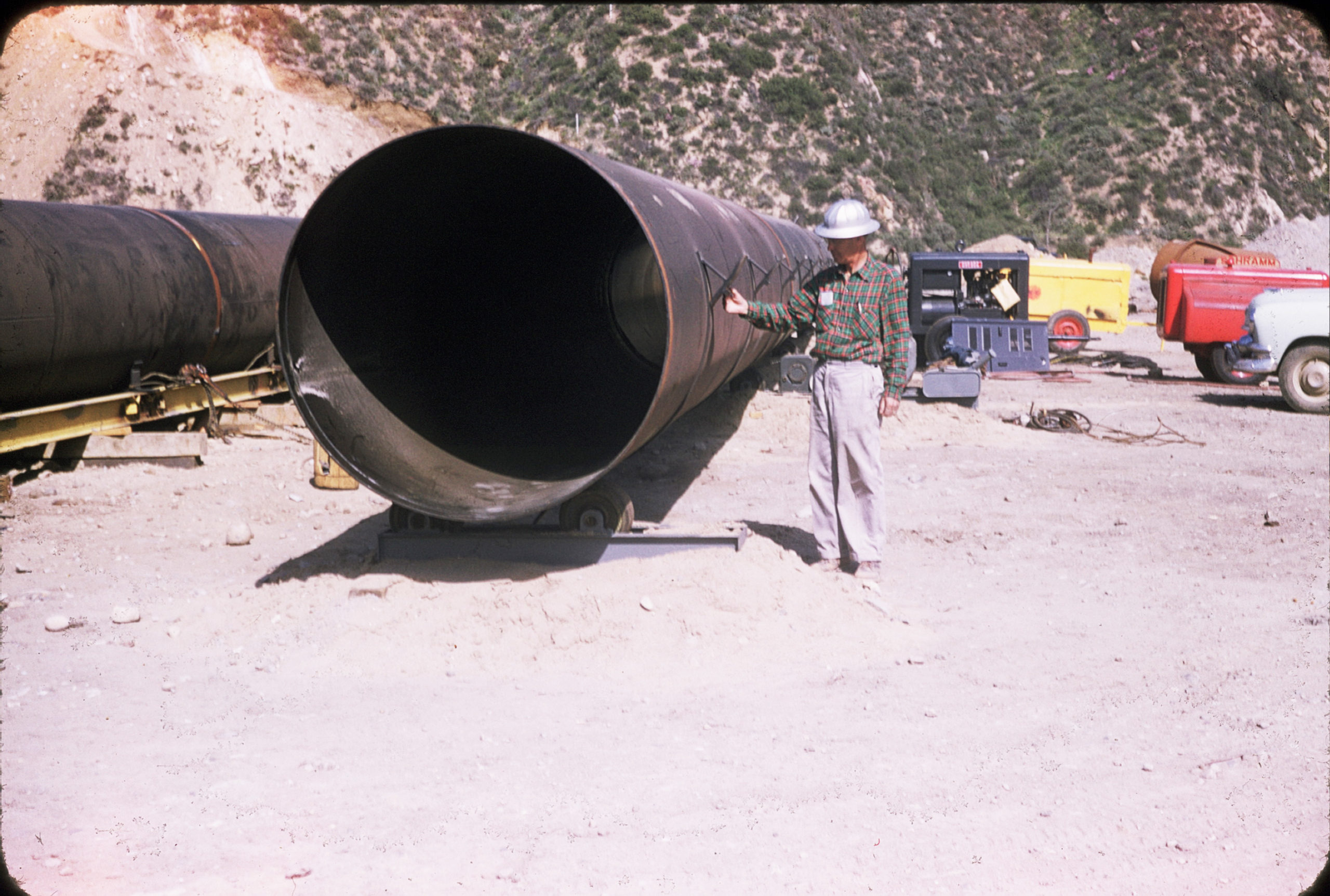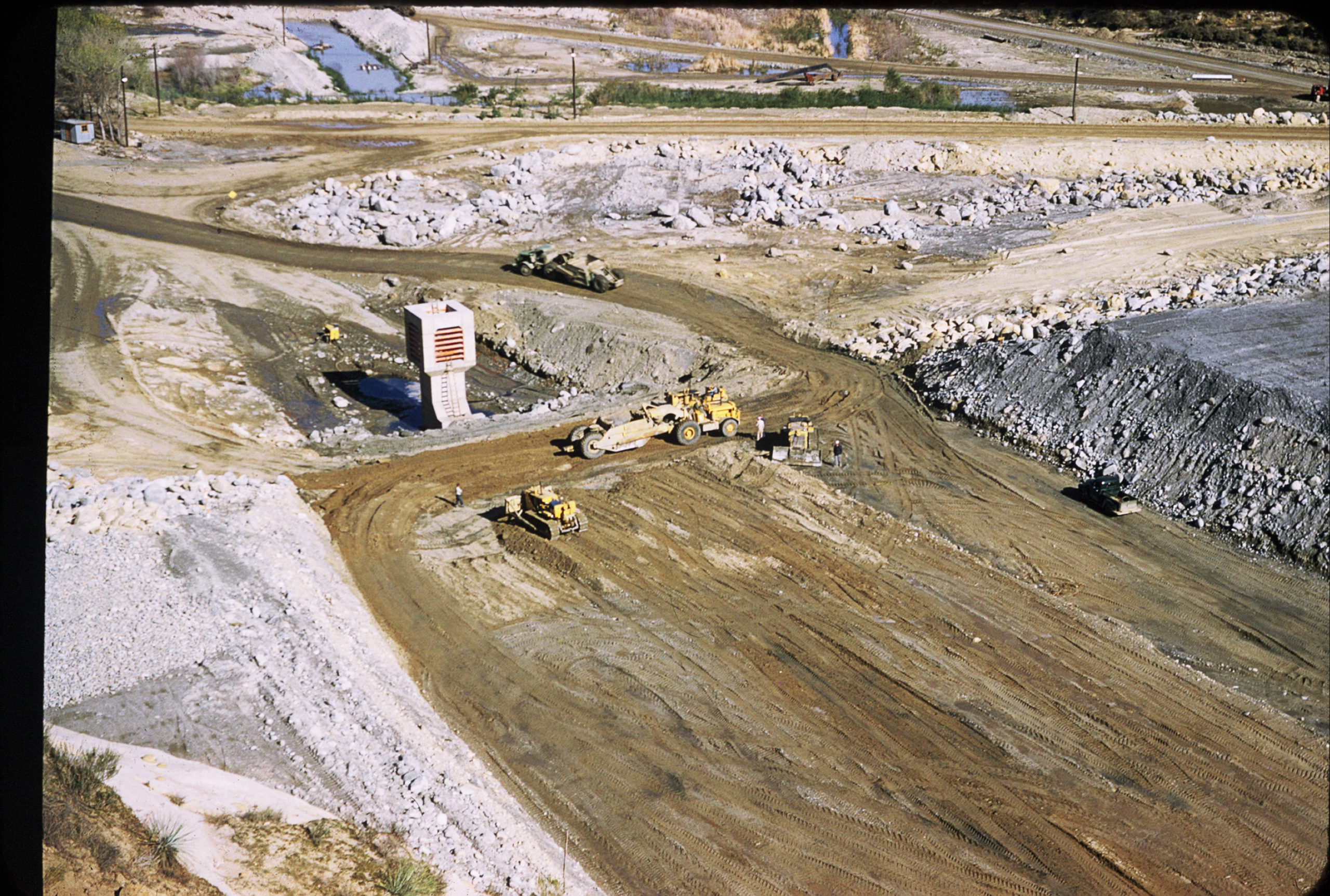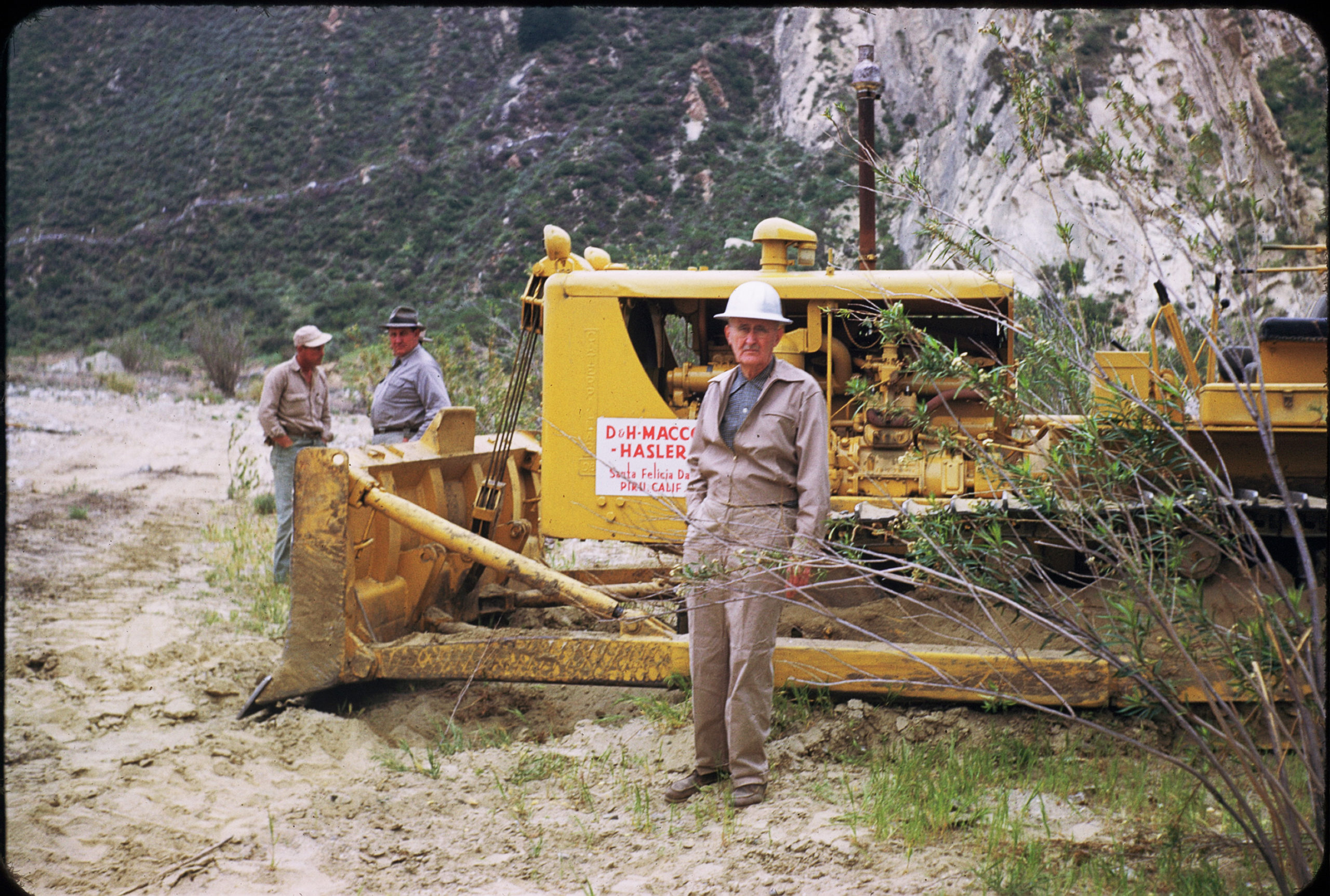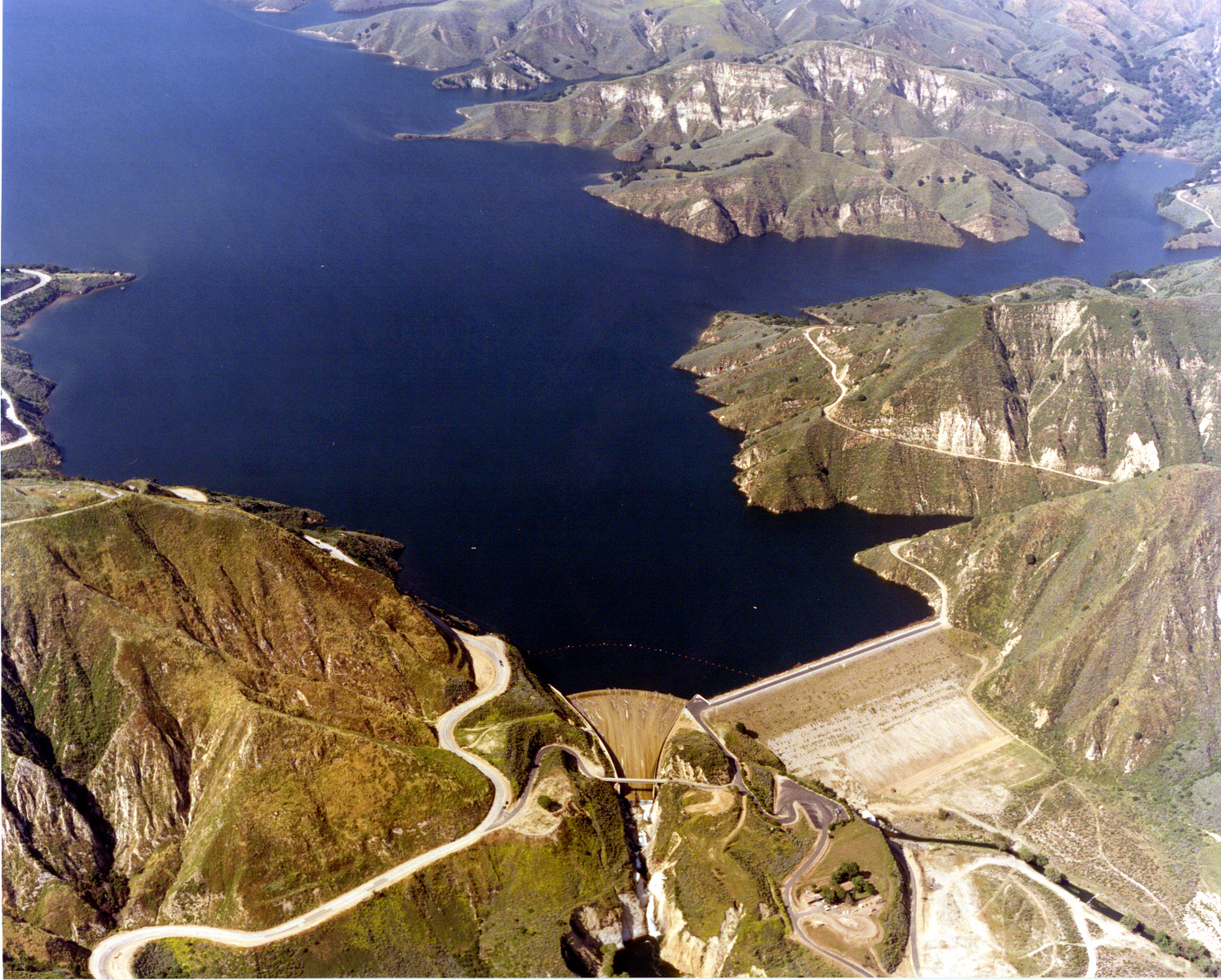

Lake Piru Area History
The area around Lake Piru was originally inhabited by the Fernandeño Tataviam Band of Mission Indians, in an area traditionally occupied by Ventureño Chumash, hunter-gatherers who subsisted on small game, acorns, yucca, juniper berries and sage seeds. The name Piru is derived from the Indian word for the reeds they used to make baskets.
A descendant of the Tataviam, Juan Fustero, and his family are recognized as some of the earliest modern-day inhabitants of Piru Canyon, above what is now Santa Felicia Dam and Lake Piru.
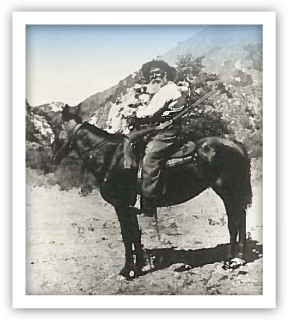
Juan Fustero

Piru in 1953

Piru Canyon
before construction
Piru Creek Diversion
First Reservoir
Piru Canyon Pipeline
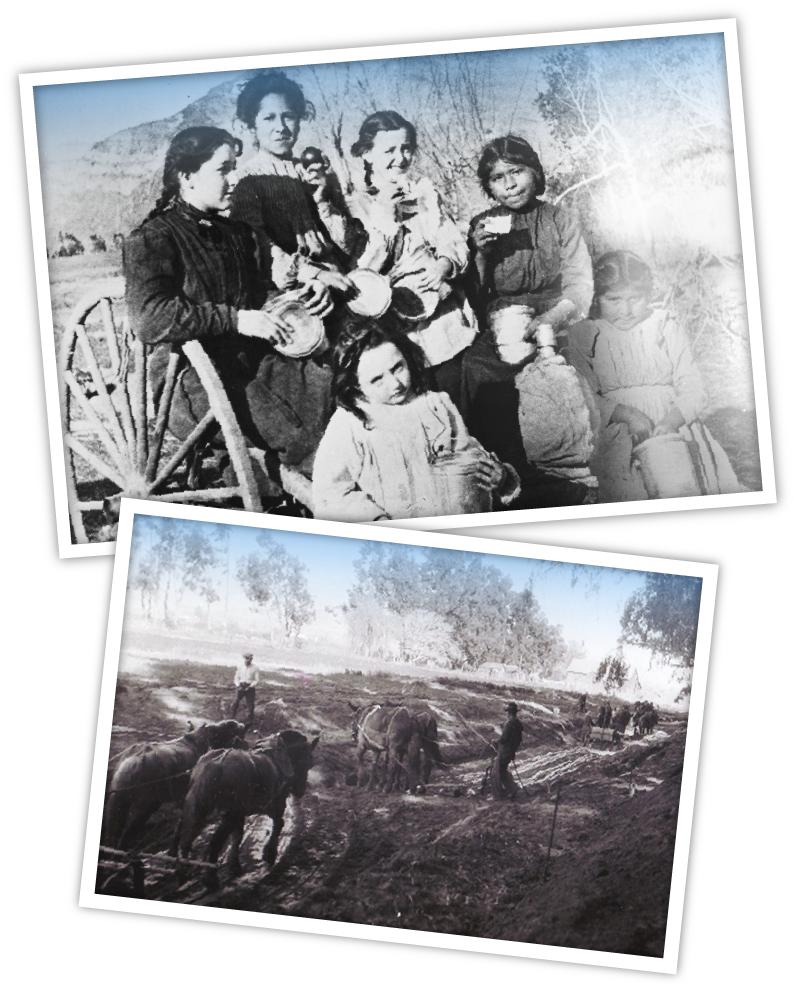
Saticoy Canal in 1930
Development of the area
Based on newspaper reports, development of the area began in about 1880, when Temescal Grammar School was established on the site where the dam is today. It has been reported that Fustero’s eight children attended the school.
Lunch at the Temescal school in 1899
Photo on the left features Hazel Lechler, Digna Garcia, Maudie Lechler, Lena Fustero, Abbie Lechler, and Francis Fustero
Cook’s “Garden of Eden”
The town of Piru was founded in 1887 by David C. Cook, who purchased 14,000 acres of the canyon, proclaiming it to be “Another Eden.” Originally from Elgin, Illinois, Cook was seeking a better climate to recover from bad health.
Once in Piru Canyon, Cook created his “Garden of Eden,” which included 900 acres of oranges, apricots and English walnuts. Additional crops included almonds, chestnuts, grapes and olive trees, among many others. Cook transformed the canyon into a self-reliant farm by building miles of roads and irrigation ditches.
First hotel & railroad station
Within a year, Cook had built a hotel and a railroad station, followed two years later by his grand home, which became known as the Piru Mansion.
Within a year, Cook had built a hotel and a railroad station, followed two years later by his grand home, which became known as the Piru Mansion. The Piru Hotel provided the only accommodations between Santa Paula and Castaic Junction and was frequented mainly by cattle buyers and oilmen. Mary Pickford and D.W. Griffith stayed here in 1911 when they filmed “Ramona” at Rancho Camulos.
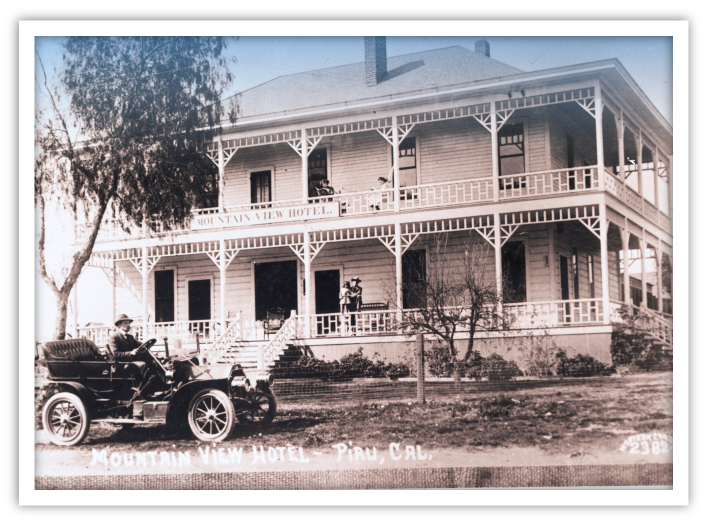
The Lechler family bought the building in 1911, when it was known as the Mountain View Hotel, and changed the name to Round Rock Hotel for the huge boulder in the front lawn. From the 1950s until 1989, the hotel served as a home for the elderly, then became the Heritage Valley Inn. The building has been used as a location for movie shoots but no longer operates as a hotel.
Cook eventually returned to Illinois, where he saw the rise of the oil industry. In 1900, he returned to Piru Canyon and sold his land to the Piru Oil and Land Company. Cook died in 1927 and while the Piru Mansion and Round Rock Hotel are still around, all that remains of his development are some olive trees.
United Water Conservation District constructed the Santa Felicia Dam in 1955 and has owned and operated it since.
The dam is eligible for listing in the National Register of Historic Places for its association with the development of water conservation efforts in Santa Clara River Valley. The dam and Lake Piru reservoir remain key pieces in the District’s water supply portfolio.

